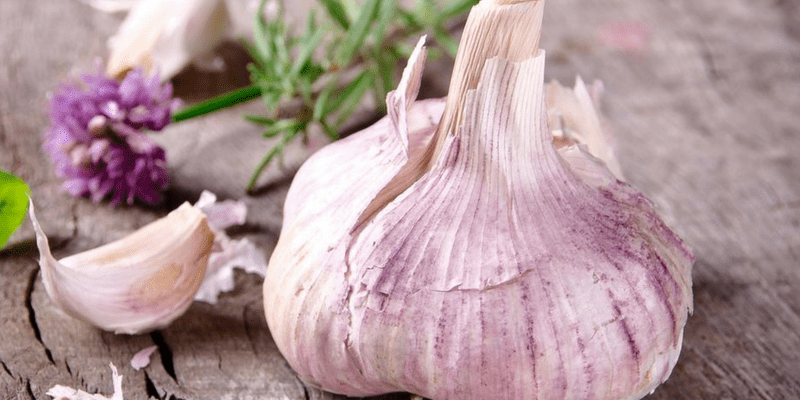Home Remedy for Treating Vaginal Yeast Infections Could be Deadly
Vaginal yeast infections are the second most common form of vaginal infection that plague women of any age, ethnicity or socioeconomic status.
Caused by a type of fungus known as Candida, infections are referred to as yeast infections, candidal vaginitis and candidiasis.
According to the CDC:
“Vaginal candidiasis is common. In the United States, it is the second most common type of vaginal infection after bacterial vaginal infections. An estimated 1.4 million outpatient visits for vaginal candidiasis occur annually in the United States. The number of vaginal candidiasis cases in the United States is unknown.”
According to another source:
“Yeast infections are very common and affect up to 75% of women at some point in their lifetime.”
One reason yeast infections are so common is that nearly half of all women carry the Candida fungus in their system, but under normal conditions, it is kept in check and doesn’t present any problems. When the normal conditions of the yeast are somehow altered, by a variety of ways, the yeast multiplies and causes an infection.
Normally, a woman has a certain amount of bacteria also present with the yeast and the bacteria can help keep the yeast under control. Taking an antibacterial medication can deplete the bacteria, allowing the yeast to multiply and cause an infection. Yeast infections can also be the result of a vaginal injury, chemotherapy, taking steroids including prednisone for other health conditions.
Other things that can cause a yeast infection are diabetes, pregnancy and even some oral contraceptives. Unbeknownst to many women, using a douche or some perfumed vaginal hygiene sprays can also increase the chances of developing a yeast infection.
Women with compromised or weakened immune systems are more susceptible to yeast infections.
Another contributing factor to developing yeast infections is excess moisture in the vaginal area. It is recommended by some for women to wear cotton underwear and avoiding wearing wet clothing – exercise or swim wear – for prolonged periods of time. The drier a women can keep her vaginal area, the less chance of developing a yeast infection, which is why some experts will recommend that women who seem more susceptible to yeast infections, go without underwear as often as possible.
NOTE to everyone – Men can also contract a yeast infection on their penis by having sexual intercourse with a women who has a yeast infection.
How best to treat a yeast infection?
According to the CDC:
“Vaginal candidiasis is usually treated with antifungal medicine.3 For most infections, the treatment is an antifungal medicine applied inside the vagina or a single dose of fluconazole taken by mouth. For more severe infections, infections that don’t get better, or keep coming back after getting better, other treatments might be needed. These treatments include more doses of fluconazole taken by mouth or other medicines applied inside the vagina such as boric acid, nystatin, or flucytosine.”
However, a number of women often try home remedies, some of which may be good and others are more harmful than helpful.
One such harmful home remedy is placing garlic cloves in the vagina, believing that the allicin contained in the garlic has antifungal properties. What they fail to understand is that for the allicin in the garlic to work, the clove has to be cut, slices and/or crushed. Putting crushed garlic in an already infected vagina can cause a very uncomfortable burning sensation and even irritation of the vaginal lining. There is also the danger of contaminates from the soil the garlic was grown in and these can cause other infections and problems.
Another problem associated with using garlic to cure vaginal yeast infections is that when placed in the warm moist air-locked sanctum of the vaginal, it presents the perfect environment for botulism to grow. Botulism can result in paralysis and even death.
So, ladies, please do NOT try using garlic cloves to clear up your vaginal yeast infections. Use the proper treatment and avoid the possibility of more serious complications.









Recent Comments